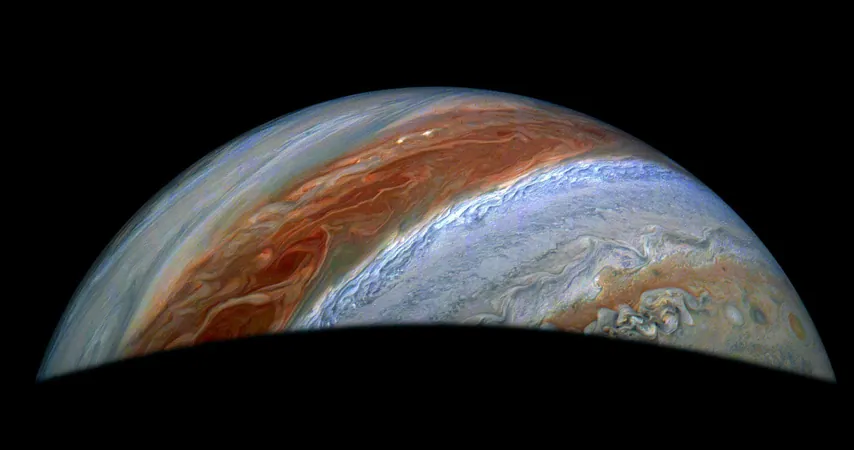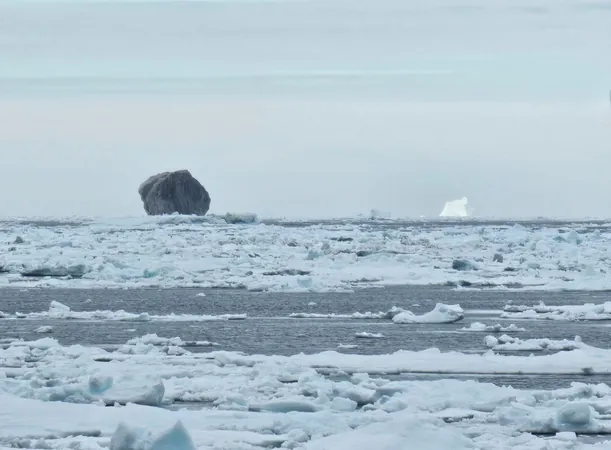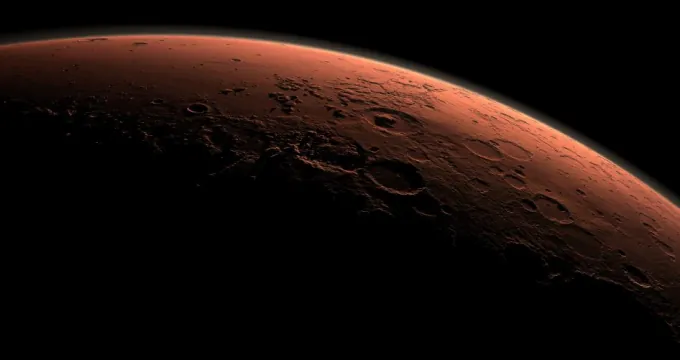
Juno Mission Unveils Secrets Beneath Jupiter and Its Fiery Moon Io
2025-04-29
Author: Liam
NASA's Juno mission has made groundbreaking discoveries deep within the heart of Jupiter and its volcanic moon, Io. Recent data reveals astonishing insights into the gas giant's turbulent atmosphere and the dynamic forces shaping its fiery satellite.
At a recent news briefing in Vienna, experts unveiled findings that enhance our grasp of Jupiter's razor-sharp jet streams and the intense volcanic activity on Io. Not only did Juno create a new model to analyze the whirling jet streams circling Jupiter's cyclone-ridden north pole, but it also now provides us with the first-ever look at the subsurface temperature of Io. This revelation sheds light on the moon's inner workings and its fiery eruptions.
Scott Bolton, the principal investigator for Juno at the Southwest Research Institute, stated, "Everything about Jupiter is extreme—from colossal polar cyclones that dwarf Australia to fierce jet streams and the most volcanic body in our solar system. Each new orbit brings us eye-to-eye with the incredible energies at play in this gas giant."
Juno's microwave radiometer (MWR) is not just scanning Jupiter; it's also focusing on Io. The data collected, in conjunction with infrared insights from the Jovian Infrared Auroral Mapper (JIRAM), has revealed warm magma lurking just beneath Io's hardened crust. This discovery could revolutionize our understanding of how Io rapidly renews its surface and channels heat from its depth to the surface.
Shannon Brown from NASA's Jet Propulsion Laboratory remarked, "What we found was nothing short of astonishing: around 10% of Io's surface is underlined by slowly cooling lava. This phenomenon acts like a car radiator, efficiently dispersing heat into the cold vacuum of space."
But the excitement doesn't stop there. Juno scientists have identified what may be the most energetic eruption in Io's history, still active as of early March 2024. Expect more thrilling observations as Juno prepares for another close pass on May 6.
On its 53rd orbit, Juno embarked on radio occultation experiments to delve into Jupiter's atmospheric temperature structure. By transmitting radio signals from Earth that pass through the planet's atmosphere, scientists have begun to piece together detailed temperature maps, revealing a chilling fact: the north polar stratospheric cap is approximately 11°C cooler than its surrounding atmosphere, with winds howling at over 100 mph.
The latest findings also shine a light on the captivating cyclones encircling Jupiter’s north pole. Unlike Earth’s hurricanes, which dissipate as they approach polar regions, Jupiter's cyclones move together, slowly drifting toward the pole and interacting in a way that stabilizes their formation. This peculiar behavior resembles mechanical springs bouncing off one another.
Yohai Kaspi, a co-investigator from the Weizmann Institute, explained, "The interplay between the cyclones results in a unique oscillation of their positions as they drift westward around the pole, providing invaluable insights into cyclone behavior not just on Jupiter but potentially on Earth too."
Bolton concluded, "Juno's ever-changing orbit allows us new perspectives with each flyby, enabling discoveries in the most intense radiation environment known. Though it’s daunting, we engineered Juno to withstand the extreme conditions, and with each pass, we are uncovering the mysteries of this dynamic world."









 Brasil (PT)
Brasil (PT)
 Canada (EN)
Canada (EN)
 Chile (ES)
Chile (ES)
 Česko (CS)
Česko (CS)
 대한민국 (KO)
대한민국 (KO)
 España (ES)
España (ES)
 France (FR)
France (FR)
 Hong Kong (EN)
Hong Kong (EN)
 Italia (IT)
Italia (IT)
 日本 (JA)
日本 (JA)
 Magyarország (HU)
Magyarország (HU)
 Norge (NO)
Norge (NO)
 Polska (PL)
Polska (PL)
 Schweiz (DE)
Schweiz (DE)
 Singapore (EN)
Singapore (EN)
 Sverige (SV)
Sverige (SV)
 Suomi (FI)
Suomi (FI)
 Türkiye (TR)
Türkiye (TR)
 الإمارات العربية المتحدة (AR)
الإمارات العربية المتحدة (AR)